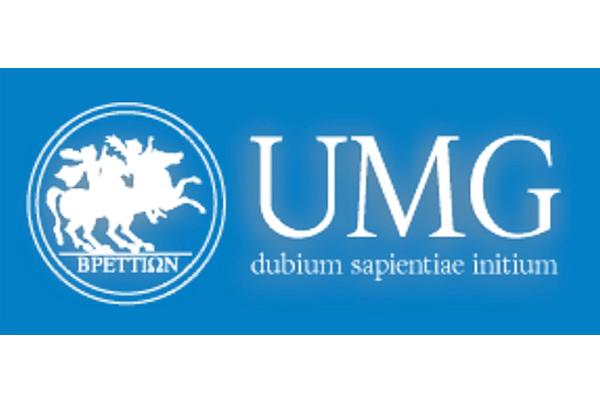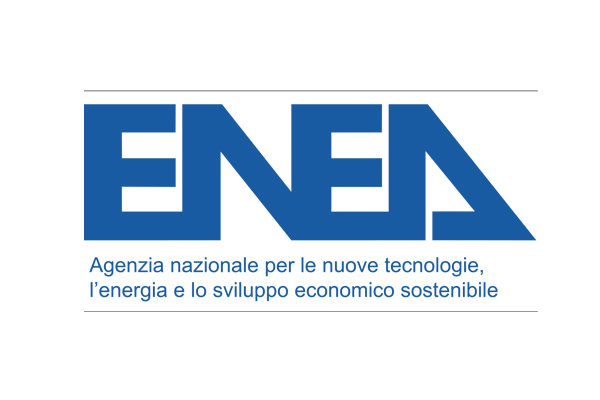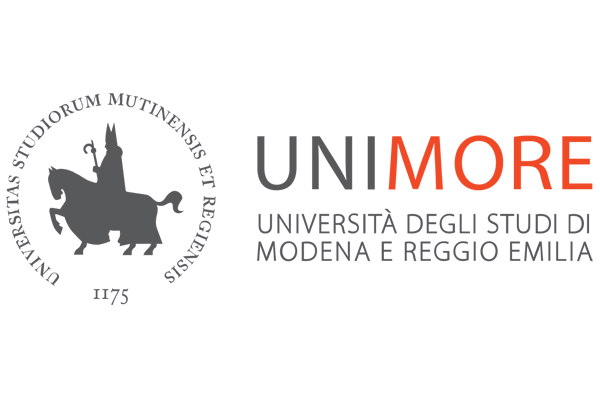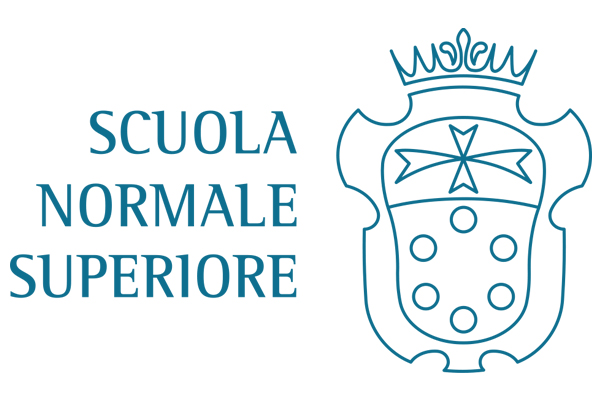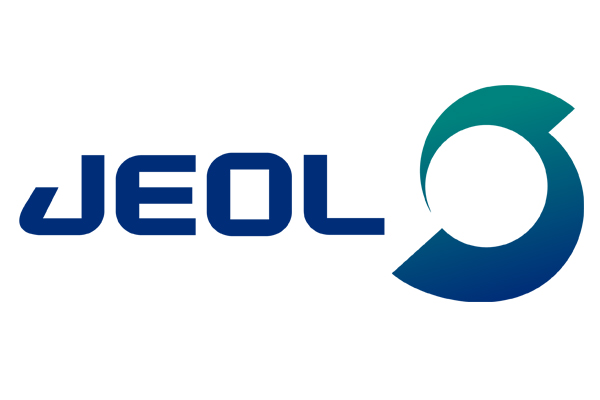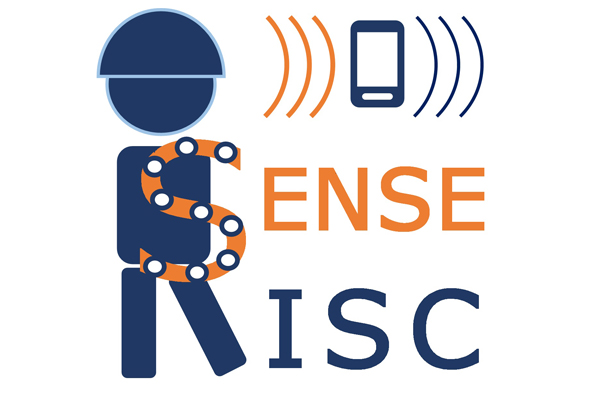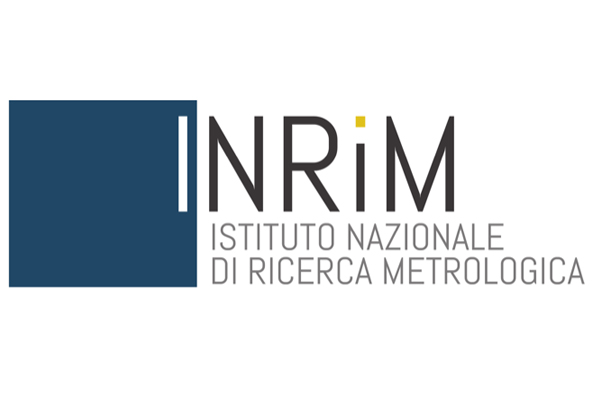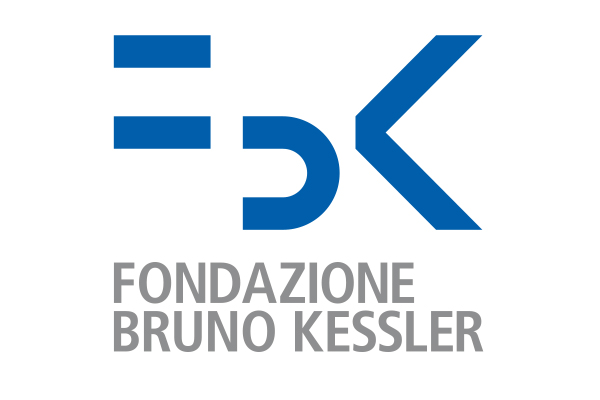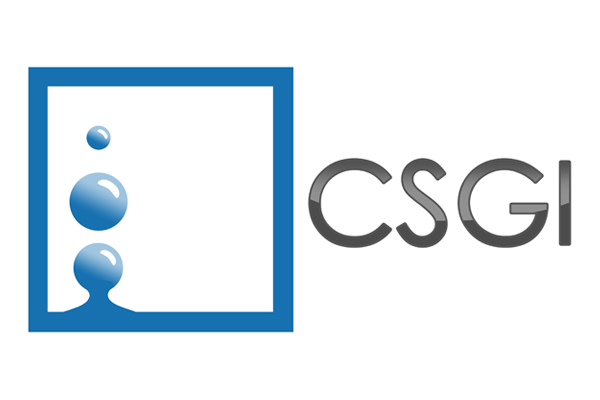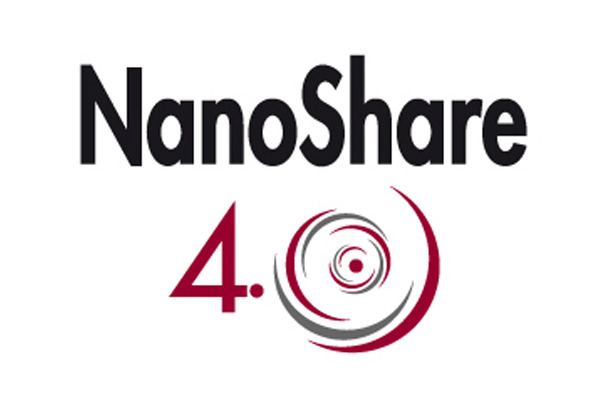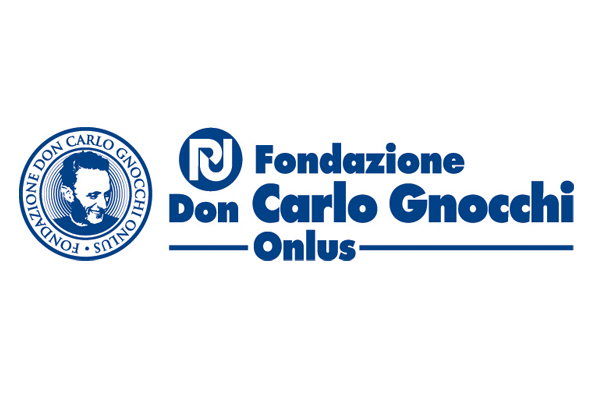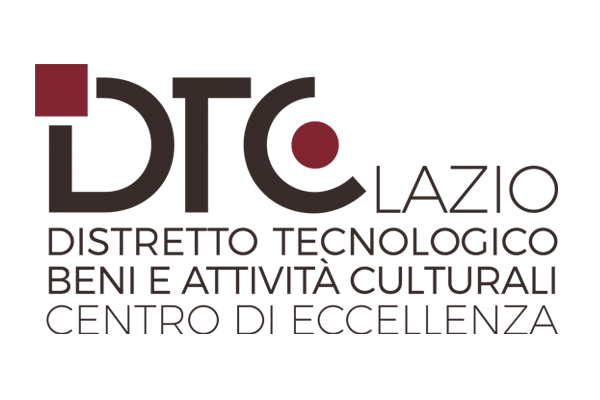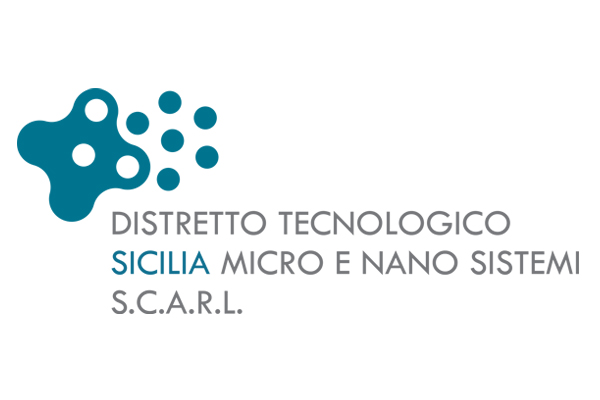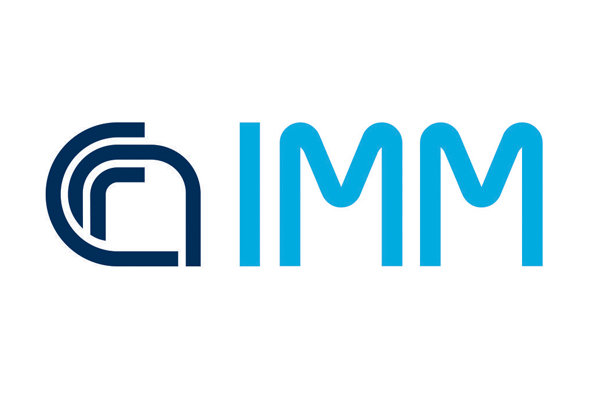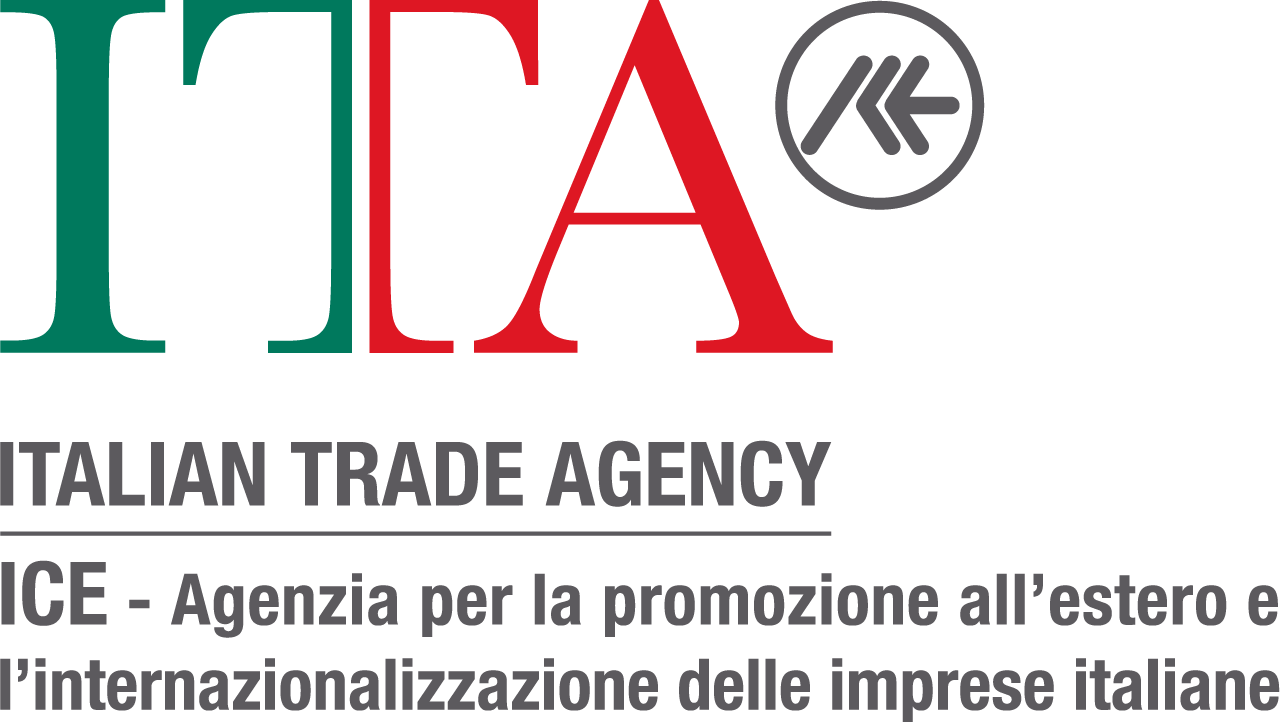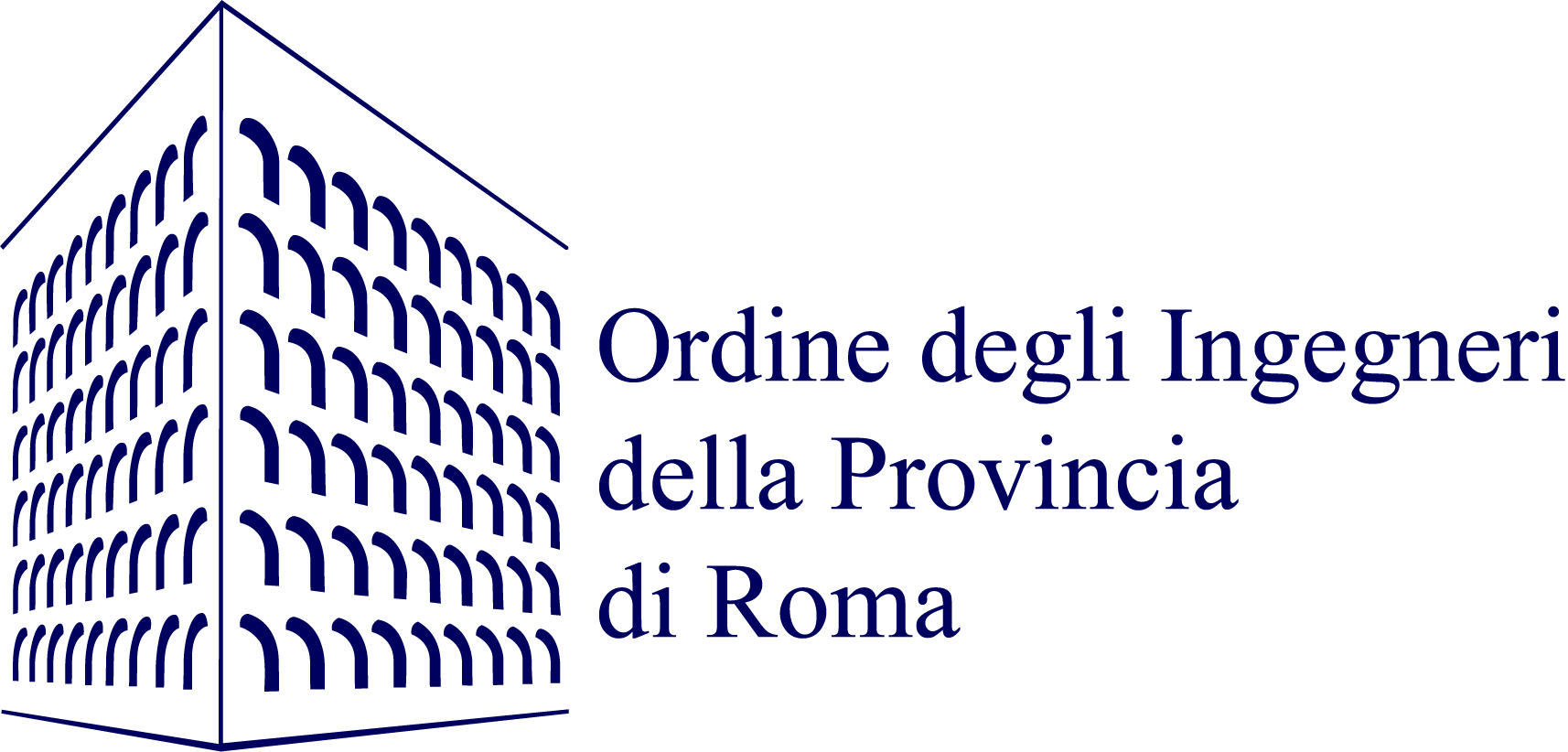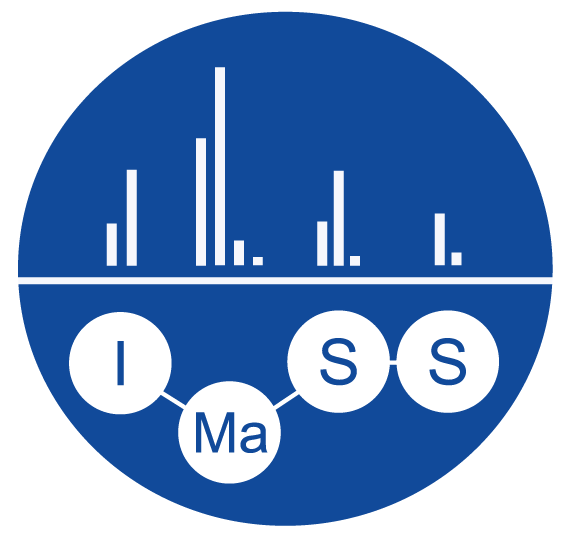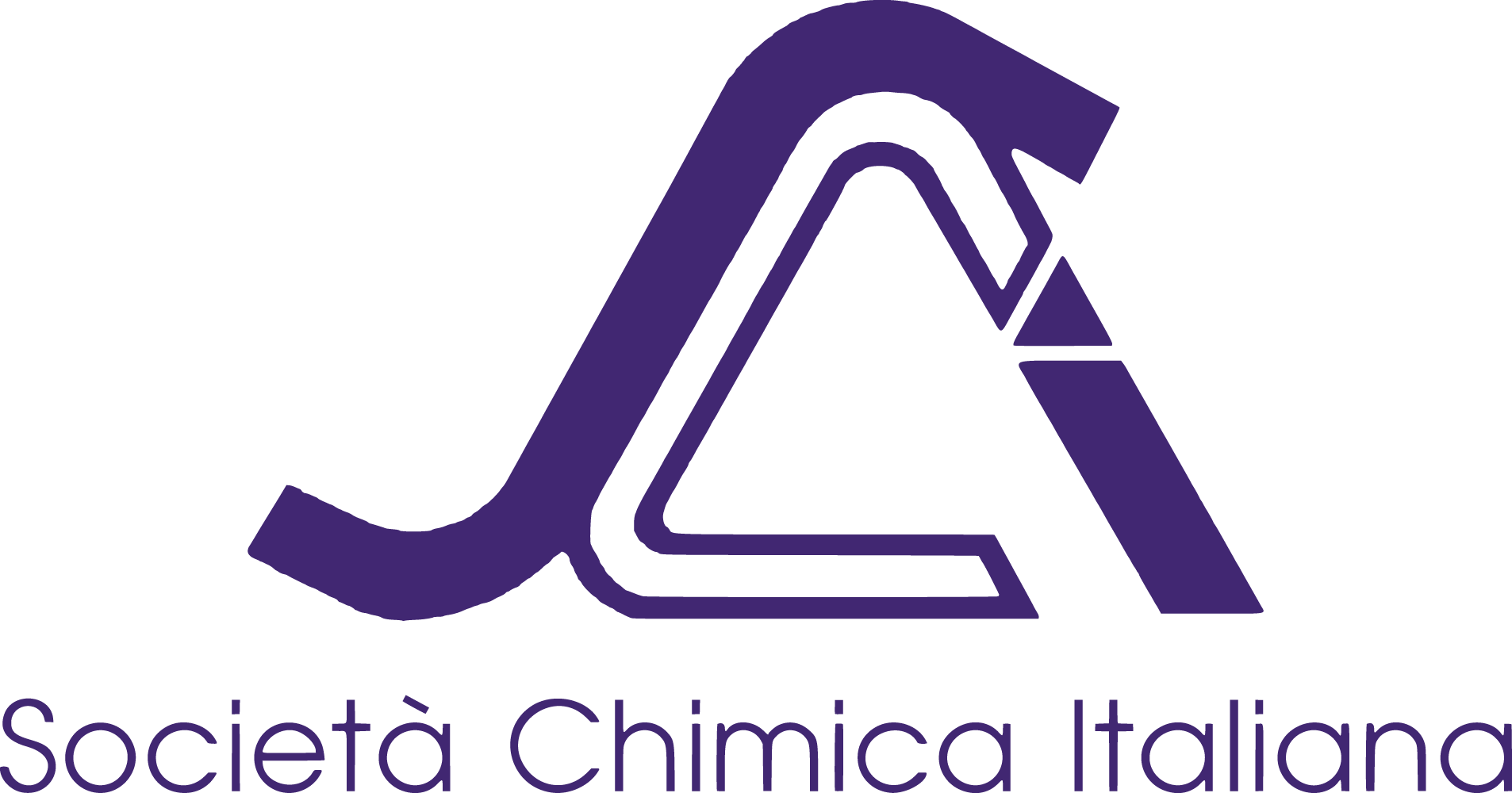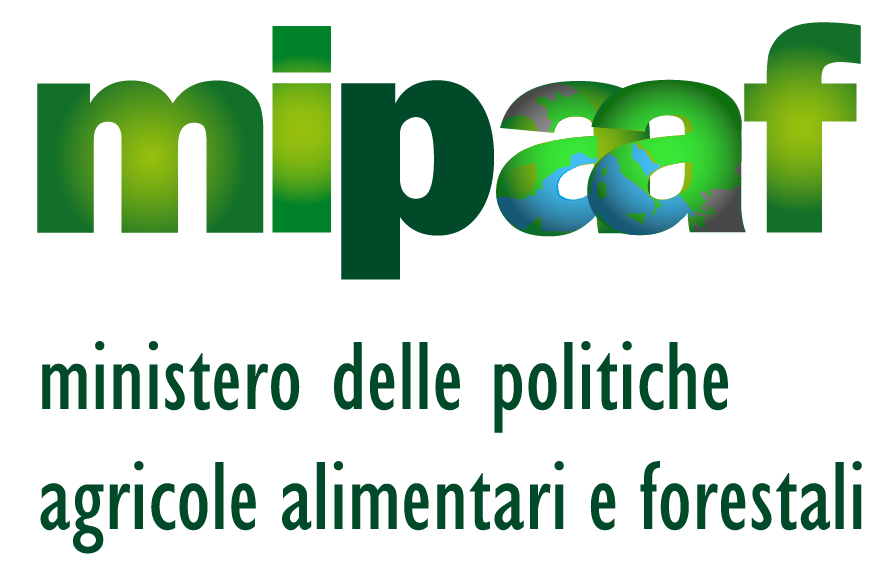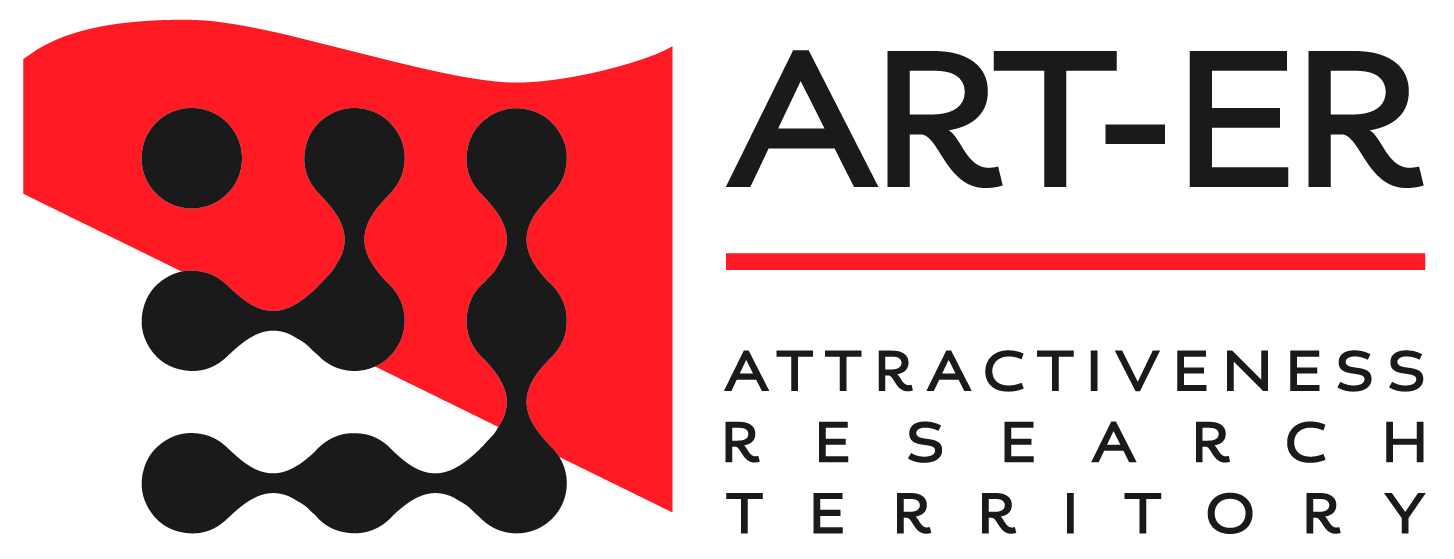TESCAN, Bruker and Nenovision

Advanced Characterization Techinques
September 17th, 2020
09:00 - 12:30
Faculty of Civil and Industrial Engineering - Sapienza University of Rome
FRESCOES ROOM
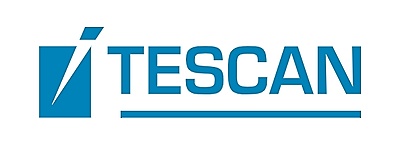
09:00 - 09:15
Introduction
Martin SUCHANEK
Area Sales Manager – Europe
TESCAN ORSAY HOLDING
09:15 - 10:00
Taking multimodal materials characterization further with plasma FIB-SEM
Dean MILLER
Senior Scientist
TESCAN ORSAY HOLDING
ABSTRACT
Plasma FIB-SEM technology is continously advancing and expanding the opportunities we have to caracterize materials in unique and powerful ways overcoming the challenges of materials characterisation faced using the traditional GaFIB-SEM solutions. Althoug these are very powerful instruments the Plasma FIB mitigates or eliminates some of the GaFIB tipical limitations expanding even further the opportunities to use these powerful instruments for materials characterisation.
The plasma FIB-SEM allows to explore large cross-sections and large volumes, which is important and sometimes essential, in order to obtain statistically reliable measurements of materials. Moreover the sample damage is minimized and gallium contamination is eliminated and, because there are great integrating capabilities into the current FIB-SEM platform, it is really possible to make the FIB-SEM a versatile nanoscale laboratory for multimodal/multiscale characterization.
10:15 - 11:00
TESCAN Dynamic micro-CT imaging in the laboratory
Jan DEWANCKELE
TESCAN XRE
ABSTRACT
Time-resolved 3D imaging with X-rays has rapidly emerged as an essential technique to understand materials evolution, facilitating in situ investigations ranging from mechanical deformation to fluid flow in porous materials and beyond. Imaging of dynamic processes is one of the key applications at synchrotron facilities, pushing the time resolution more and more down with quite some success. However, access to those facilities is often limited and operational cost are quite high.
In the laboratory, image quality and spatial resolution have been significantly improved, often at a cost of temporal resolution, however. TESCAN XRE have made it possible to visualize and inspect dynamic processes in the laboratory with a temporal resolution below 10 seconds. Challenges and possibilities in dynamic micro-CT imaging will be demonstrated here across materials science, life science/pharmaceuticals, and geo/building materials applications.

11:00 - 11:45
Next level of correlative imaging using AFM-in-SEM for comprehensive sample analyses
Jan NEUMAN
CEO and Co-founder
Nenovision
ABSTRACT
LiteScope™ produced by the NenoVision company represents a compact AFM, which is directly integrable into a large variety of SEMs in a plug-and-play manner. In general, the strength of the AFM-in-SEM hybrid system lies in combining the AFM modes (3D topography, electrical, mechanical and magnetic measurements) with SEM capabilities (fast imaging with wide resolution range, chemical analysis, surface modification, etc.). Further benefits include precise AFM tip navigation by SEM, roughness evaluation and in-situ measurement, which is essential for sensitive samples prone to oxidation. Uniquely, LiteScope design enables simultaneous acquisition and correlation of AFM and SEM data by a technique called Correlative Probe and Electron Microscopy (CPEM).
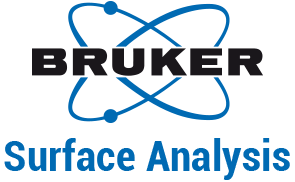
11:45 - 12:30
New AFM Nanoelectrical Capability
Mickael FEBVRE
EMEA-LAM application manager
Bruker Surface Analysis
ABSTRACT
Functional Imaging with Higher-Dimensional Electrical Data Sets
AFM-based nanoelectrical modes have numerous applications in fields ranging from semiconductors to biology. The data produced have traditionally been in the form of a 2D map, generated in contact mode, with a single electrical data point per XY location. Electrical ramps or spectra would be generated at a few, carefully selected locations. A new approach to nanoelectrical imaging that creates an electrical data cube and a correlated nanomechanical data cube while operating at normal imaging speeds will be discussed: it avoids contact mode imaging, thus extending electrical measurements to soft and fragile samples and improving measurement consistency. Moreover, this is a general approach that is applicable to most nanoelectrical modes and applications.

